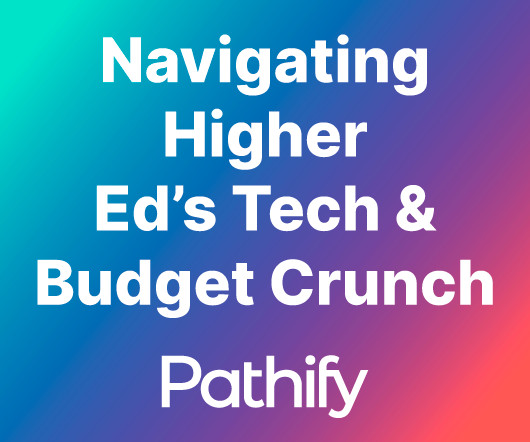Professional Development Beyond Conferences #SACareer
The Student Affairs Collective
NOVEMBER 14, 2017
Student affairs profes sionals spend their work lives helping to educate and develop their students, but don’t necessarily have the time or resources to educate and develop themselves by presenting at conferences, nor sometimes have the financial resources to go to conferences. Between the time commitment, conference fees, travel and lodging, and food, spending a few days at a conference can come at a hefty cost for college and university budgets.












Let's personalize your content